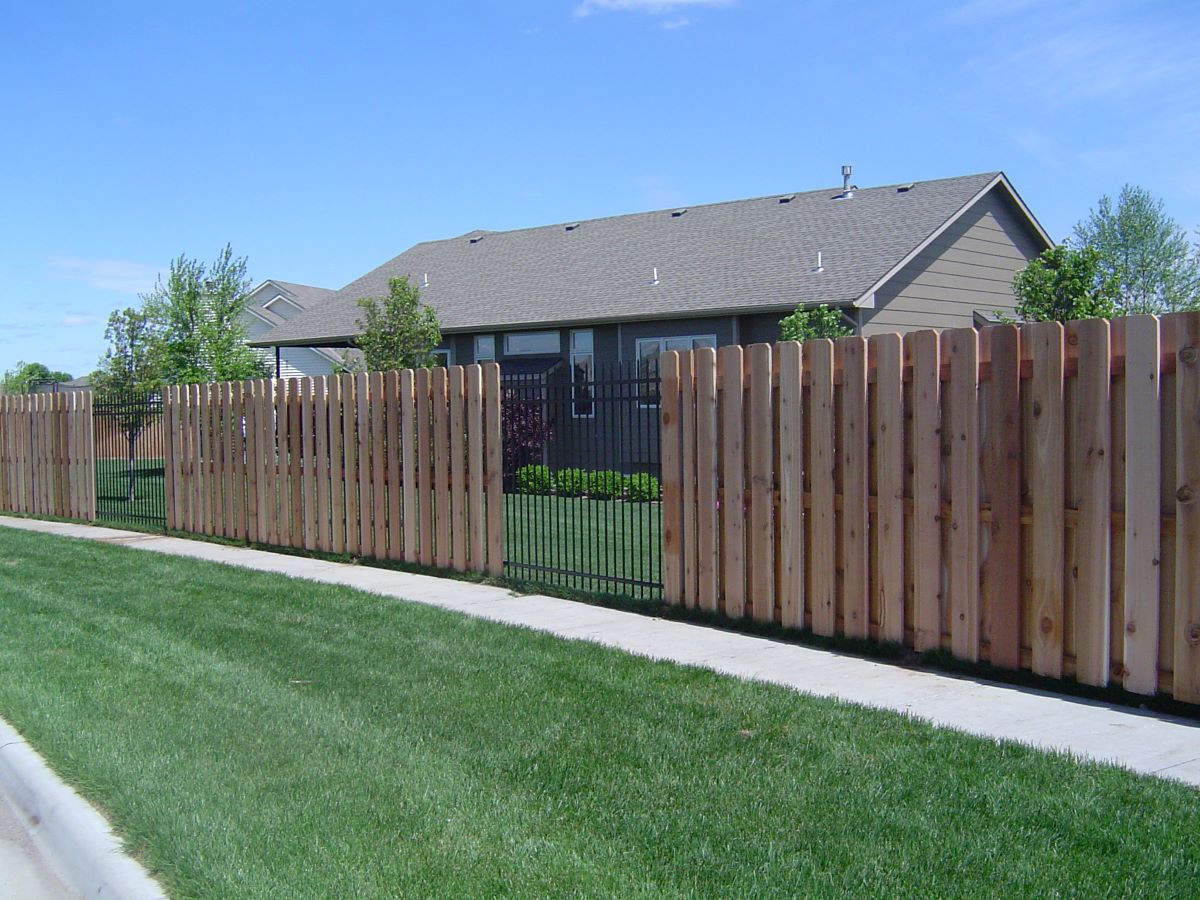

Articles
How Long Should A Wooden Fence Last
Modified: December 7, 2023
Learn how long a wooden fence can last and get expert tips and advice in our informative articles. Find out how to extend the lifespan of your fence and make it last for years.
(Many of the links in this article redirect to a specific reviewed product. Your purchase of these products through affiliate links helps to generate commission for Storables.com, at no extra cost. Learn more)
Introduction
A wooden fence can provide both functionality and aesthetic appeal to any property. It serves as a privacy barrier, adds to the overall design of a space, and can even increase property value. However, one common question that arises is, “How long should a wooden fence last?” The answer to this question depends on various factors, including the type of wood used, maintenance and care, environmental conditions, and more.
In this article, we will explore the different factors that can affect the lifespan of a wooden fence. We will also discuss the various types of wood commonly used for fencing, the importance of regular maintenance and care, signs of fence decay, and how to extend the lifespan of your wooden fence.
By understanding these factors and implementing proper maintenance practices, you can ensure that your wooden fence stands the test of time, providing you with privacy, security, and beauty for years to come.
Key Takeaways:
- Choose durable wood like cedar or redwood for a longer-lasting fence. Regular maintenance, proper installation, and environmental considerations can significantly extend the lifespan of your wooden fence.
- Regular cleaning, staining, and prompt repairs are key to preserving your wooden fence. Proper drainage, vegetation management, and protection from sun exposure also contribute to its longevity.
Read more: How Long Will Cedar Fence Last
Factors Affecting the Lifespan of a Wooden Fence
The durability and lifespan of a wooden fence are influenced by several crucial factors. Understanding these factors will help you make informed decisions when choosing the type of wood and implementing maintenance practices. Let’s explore them:
- Type of Wood: The type of wood used for your fence is a major determinant of its lifespan. Some types of wood, like cedar and redwood, have natural oils and resins that make them more resistant to rot, insects, and weathering. Other types, such as pine, may require more maintenance and have a shorter lifespan.
- Quality of Wood: The quality of the wood you choose is equally important. Look for high-quality, treated or pressure-treated wood that has been specifically designed for outdoor use. Using lower quality or untreated wood may result in faster decay and a shorter fence lifespan.
- Climate and Environmental Conditions: The climate and environmental conditions in your area can significantly impact the lifespan of your wooden fence. Exposure to constant sunlight, high humidity, heavy rainfall, and extreme temperature variations can lead to quicker deterioration. In regions with harsh weather conditions, consider using more durable wood or implementing additional protective measures.
- Installation Techniques: Proper installation techniques play a crucial role in the longevity of your wooden fence. Make sure the posts are securely set in the ground using concrete or gravel for stability. Use the appropriate fasteners and hardware to ensure that the fence panels are securely attached. Improper installation can result in fence sagging, weakening, and an overall shorter lifespan.
- Maintenance and Care: Regular maintenance and care are essential for extending the lifespan of your wooden fence. This includes routine cleaning, staining or sealing, and checking for any signs of damage or decay. Regularly trim vegetation around the fence to prevent moisture buildup and promote air circulation.
By considering these factors and taking appropriate measures, you can ensure that your wooden fence remains sturdy and attractive for many years to come.
Types of Wood for Fencing
When it comes to choosing the right wood for your fence, there are various options available. Each type of wood possesses different characteristics in terms of durability, appearance, and resistance to decay. Here are some common types of wood used for fencing:
- Cedar: Cedar is a popular choice for wooden fences due to its natural resistance to decay and insects. It has a distinct reddish-brown color and can be left untreated to develop a beautiful silver-gray patina over time. Cedar fences are known for their durability and can last up to 20-30 years or even longer with proper maintenance.
- Redwood: Redwood is another durable and attractive wood option for fencing. It is naturally resistant to rot, decay, and insect damage. With its rich, reddish-brown color, redwood fences can add warmth and elegance to any property. Properly maintained redwood fences can last up to 25 years or more.
- Pine: Pine is a more affordable option for wooden fencing, but it requires regular maintenance to ensure its longevity. Pressure-treated pine is chemically treated to resist decay, insects, and fungal growth. With proper care, a pine fence can last around 10-15 years.
- Spruce: Spruce is another affordable wood option for fencing but is less durable compared to cedar, redwood, and pine. It is generally used for temporary or decorative fencing rather than long-term privacy fences.
- Composite Wood: Composite wood, also known as engineered wood, is a blend of wood fibers and recycled plastic. It offers the natural look of wood with added durability and low maintenance. Composite wood fences have a longer lifespan compared to traditional wood fences, typically lasting around 20 years or more.
It’s important to consider your budget, desired aesthetic, and maintenance capabilities when choosing the type of wood for your fence. Consulting with a professional or a reputable contractor can also provide valuable insights and help you make the right decision.
Maintenance and Care for Wood Fences
Proper maintenance and care are essential for preserving the beauty and longevity of your wooden fence. By following these maintenance practices, you can protect your fence from decay, weathering, and other forms of damage:
- Regular Cleaning: Regularly cleaning your wooden fence helps prevent the buildup of dirt, debris, and mold. Use a mild detergent mixed with water and scrub the fence gently with a soft brush or sponge. Rinse thoroughly with water afterward.
- Stain or Seal: Applying a stain or sealant to your fence helps protect the wood from moisture, UV rays, and other elements. Choose a high-quality exterior wood stain or sealant and apply it according to the manufacturer’s instructions. This should be done every 2-3 years or as recommended by the product.
- Check for Damage: Periodically inspect your fence for any signs of damage, such as cracks, splintering, or loose boards. Repair or replace any damaged components promptly to prevent further deterioration.
- Trim Vegetation: Overgrown plants and vegetation can trap moisture against the fence, leading to decay. Regularly trim vegetation near the fence to promote air circulation and prevent moisture buildup.
- Protect from Water: Water is one of the biggest enemies of wooden fences. Ensure proper drainage around the fence line to prevent excessive moisture accumulation. Avoid sprinklers or other water sources directly hitting the fence.
- Avoid Contact with Soil: Direct contact with soil can cause wood to decay faster. Keep the bottom of the fence panels at least a few inches above the ground by using gravel or concrete beneath the posts.
- Remove Snow: If you live in an area with snowfall, regularly remove snow from the fence to avoid the weight causing damage or warping. Use a broom or plastic shovel to gently clear away the snow.
- Prevent Pest Infestation: Inspect your fence regularly for any signs of termite or other pest infestation. Address the issue promptly, either through DIY methods or by hiring professional pest control services.
By consistently following these maintenance practices, you can significantly extend the lifespan of your wooden fence and keep it looking great for many years to come.
A properly maintained wooden fence can last 15-20 years, but factors like climate, wood quality, and maintenance will affect its lifespan. Regular inspections and repairs can help extend its longevity.
Signs of Fence Decay
Recognizing the signs of fence decay is crucial to address any issues promptly and prevent further damage. Here are some common signs that indicate your wooden fence may be experiencing decay:
- Rotting Wood: One of the most obvious signs of fence decay is rotting wood. Check for soft, spongy areas in the wood, especially near the ground or where moisture tends to accumulate. If you notice significant rotting, it may be necessary to replace the affected sections.
- Cracked or Split Wood: Cracks and splits in the wood can allow moisture to penetrate, leading to further decay over time. Inspect your fence for any visible cracks or splits in the boards or posts. If left unaddressed, these issues can worsen and compromise the integrity of the fence.
- Warped or Sagging Fence Panels: Over time, wooden fence panels can warp or sag due to moisture exposure or structural issues. If you notice noticeable changes in the shape or alignment of your fence panels, it may be a sign of decay. Warped or sagging panels should be repaired or replaced to maintain the fence’s stability and appearance.
- Insect Damage: Certain insects, like termites and carpenter ants, can cause significant damage to wooden fences. Look for signs of insect activity, such as small holes, wood dust, or hollow-sounding wood when tapped. If you suspect an insect infestation, it’s important to take immediate action to prevent further damage to your fence.
- Fungus or Mold Growth: Excessive moisture can encourage the growth of fungus or mold on your wooden fence. Look for black or green patches on the wood surface, as well as a musty odor. If left untreated, fungus or mold can lead to wood decay and compromise the structural integrity of the fence.
- Loose or Missing Hardware: Check the fasteners, hinges, and other hardware components of your fence. Loose or missing hardware can weaken the fence’s structure and make it more susceptible to damage. Tighten or replace any loose or damaged hardware as necessary.
If you notice any of these signs of fence decay, it’s important to take prompt action to address the issues. Depending on the severity of the decay, repairs or replacements may be needed to maintain the functionality and appearance of your wooden fence.
Read more: How Long Should Pillows Last
Average Lifespan of Different Types of Wood Fences
The lifespan of a wooden fence can vary depending on several factors, including the type of wood used, environmental conditions, maintenance practices, and more. While it is difficult to provide an exact lifespan for every scenario, here is a general overview of the average lifespans for different types of wood fences:
- Cedar: Cedar fences are known for their durability and can last anywhere from 20 to 30 years or even longer with proper maintenance. The natural oils and resins in cedar wood make it resistant to decay, insects, and weathering.
- Redwood: Redwood fences are also highly durable and can last around 25 years or more with proper care. Redwood is naturally resistant to rot, decay, and insect damage, making it an excellent choice for long-lasting fencing.
- Pine: Pine fences are more affordable but generally have a shorter lifespan compared to cedar or redwood. Pressure-treated pine, which is chemically treated to resist decay and insects, can last around 10 to 15 years. However, untreated pine may have a shorter lifespan and require more regular maintenance.
- Spruce: Spruce is a more budget-friendly option for wooden fences but is typically less durable compared to cedar, redwood, or pine. Spruce fences are often used for temporary or decorative purposes and may have a shorter lifespan, depending on maintenance and environmental conditions.
- Composite Wood: Composite wood fences, made from a blend of wood fibers and recycled plastic, offer increased durability and a longer lifespan compared to traditional wood fences. They can typically last around 20 years or more with minimal maintenance.
It’s important to note that these are average lifespans, and individual factors can affect the actual lifespan of your wooden fence. Proper maintenance and care, regular inspections, and addressing any issues promptly can help prolong the lifespan of your wood fence regardless of the type of wood used.
Additionally, environmental conditions and climate play a significant role in determining the longevity of a wooden fence. Harsh weather conditions, high humidity, extreme temperatures, and prolonged exposure to direct sunlight can accelerate the deterioration of wood fences. Taking these factors into consideration and adjusting maintenance practices accordingly can help extend the lifespan of your wooden fence.
Extending the Lifespan of Your Wooden Fence
While the average lifespan of a wooden fence depends on various factors, there are several steps you can take to extend its lifespan and keep it in excellent condition for years to come:
- Regular Maintenance: Implement a regular maintenance routine for your wooden fence. This includes cleaning it regularly, applying a protective stain or sealant every few years, and inspecting for any signs of damage or decay. Regular maintenance prevents issues from worsening and helps preserve the wood’s integrity.
- Proper Drainage: Ensure proper drainage around your fence to prevent excessive moisture buildup. Poor drainage can cause the wood to rot more quickly. Consider grading the soil, adding gravel around the fence posts, or installing french drains to redirect water away from the fence.
- Trim Vegetation: Keep vegetation trimmed, especially near the fence. Overgrown plants can trap moisture against the wood, leading to decay. By maintaining a clear space around the fence, you promote air circulation and minimize the risk of moisture-related issues.
- Avoid Soil Contact: Direct contact with soil can accelerate wood decay. Make sure the bottom of your fence panels is at least a few inches above the ground. Use gravel or concrete as a base for the fence posts to lift them off the soil and minimize contact.
- Protect from Sun Exposure: Prolonged exposure to direct sunlight can cause the wood to fade, dry out, and deteriorate. Consider applying a UV-protective sealant or using a fencing material that is inherently resistant to sun damage, such as cedar or redwood.
- Address Issues Promptly: Regularly inspect your fence for any signs of damage, such as rot, cracks, or loose boards. Address these issues promptly by repairing or replacing the affected components. Timely action can prevent further deterioration and prolong the overall lifespan of your fence.
- Apply Preventive Treatments: In areas prone to termite or other pest infestations, consider applying preventive treatments such as wood treatments or insecticides. Consult with a professional to determine the best course of action and suitable products for your specific situation.
- Winter Protection: In regions with harsh winters, protect your fence from potential damage caused by snow and ice. Remove accumulated snow from the fence to prevent excess weight and ice expansion from compromising its structure. Avoid using metal shovels or sharp objects that can scratch or damage the wood.
By following these practices, you can extend the lifespan of your wooden fence and enjoy its functionality and beauty for many years. Remember that regular maintenance, attention to environmental factors, and timely repairs are key to preserving the quality and longevity of your wooden fence.
Conclusion
A wooden fence can be a valuable investment for any property, offering privacy, security, and enhancing the overall aesthetic appeal. By understanding the factors that affect the lifespan of a wooden fence and implementing proper maintenance practices, you can ensure its longevity and enjoy its benefits for many years to come.
Factors such as the type of wood used, quality of construction, climate, and maintenance all contribute to the overall lifespan of your fence. Choosing a durable wood like cedar or redwood, using high-quality materials, and following proper installation techniques are essential for maximizing the lifespan of your wooden fence.
Maintenance and care play a crucial role in preserving the integrity of your fence. Regular cleaning, staining or sealing, inspecting for signs of decay, and addressing any issues promptly will help prevent further damage and extend the lifespan of your fence. Additionally, proper drainage, vegetation management, and protection from sun exposure contribute to its longevity.
While each type of wood fence has a different average lifespan, regular maintenance and attentive care can significantly extend its overall lifespan. By actively monitoring the condition of your fence and addressing any signs of decay or damage, you can ensure that it remains sturdy, attractive, and functional for many years.
Remember to consult with professionals if you need guidance on maintenance practices or if you suspect any issues with your wooden fence. They can provide expert advice and necessary treatments to ensure the longevity of your fence.
In conclusion, with diligent maintenance, careful consideration of the type of wood used, and proper installation techniques, your wooden fence can serve you well for decades, adding value and beauty to your property.
Frequently Asked Questions about How Long Should A Wooden Fence Last
Was this page helpful?
At Storables.com, we guarantee accurate and reliable information. Our content, validated by Expert Board Contributors, is crafted following stringent Editorial Policies. We're committed to providing you with well-researched, expert-backed insights for all your informational needs.
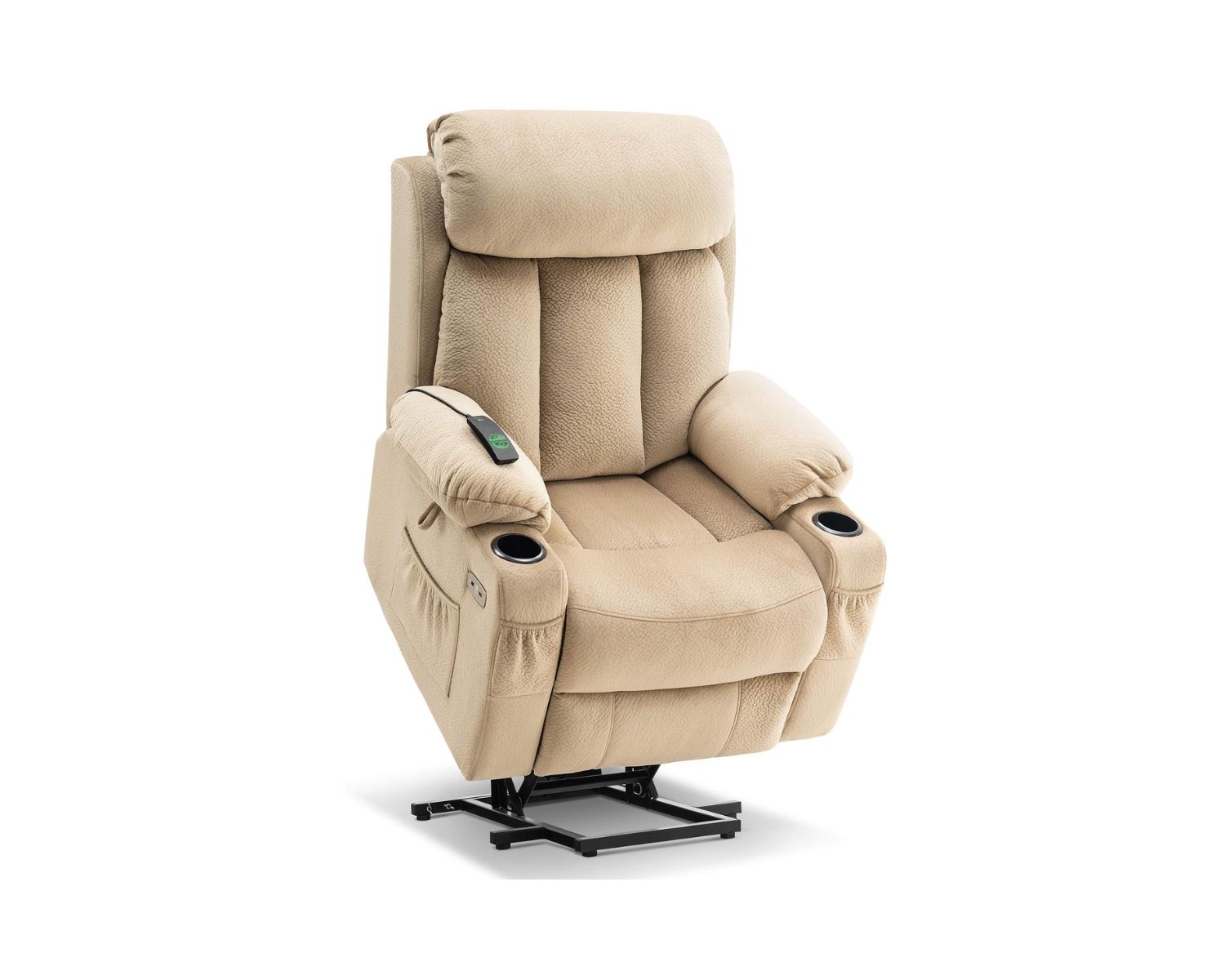
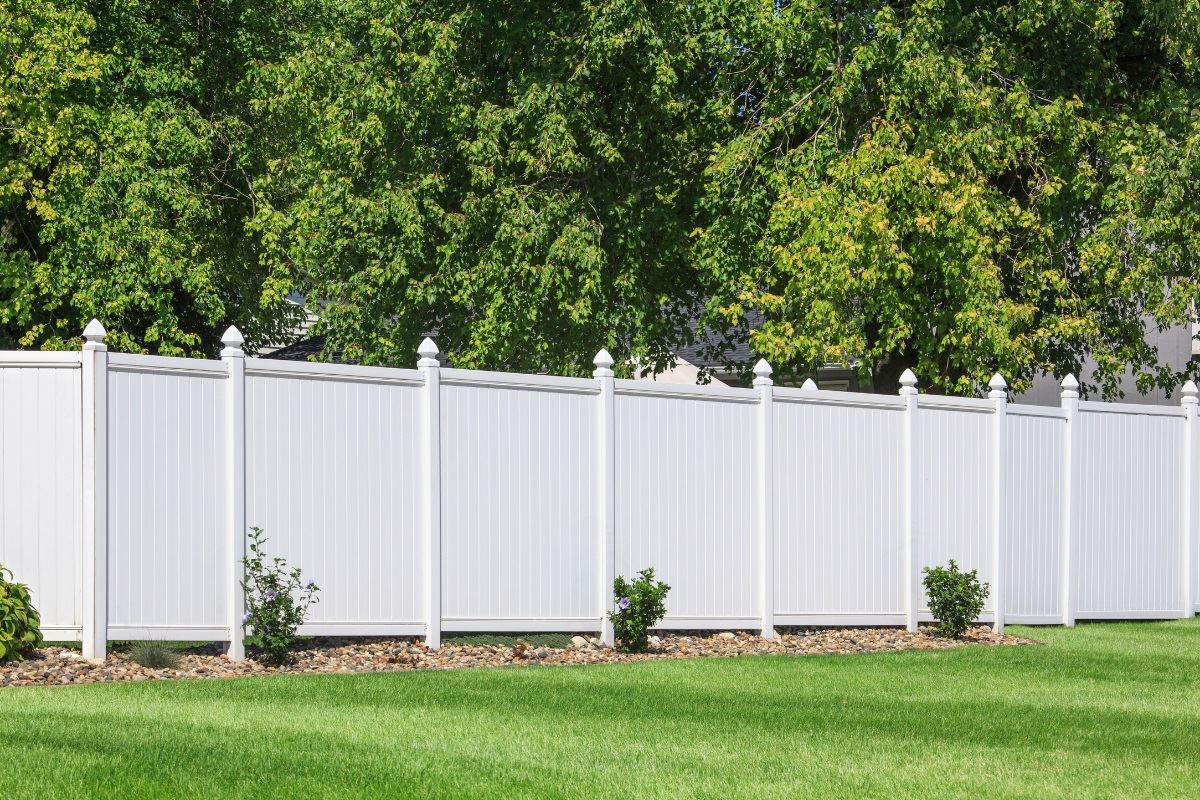
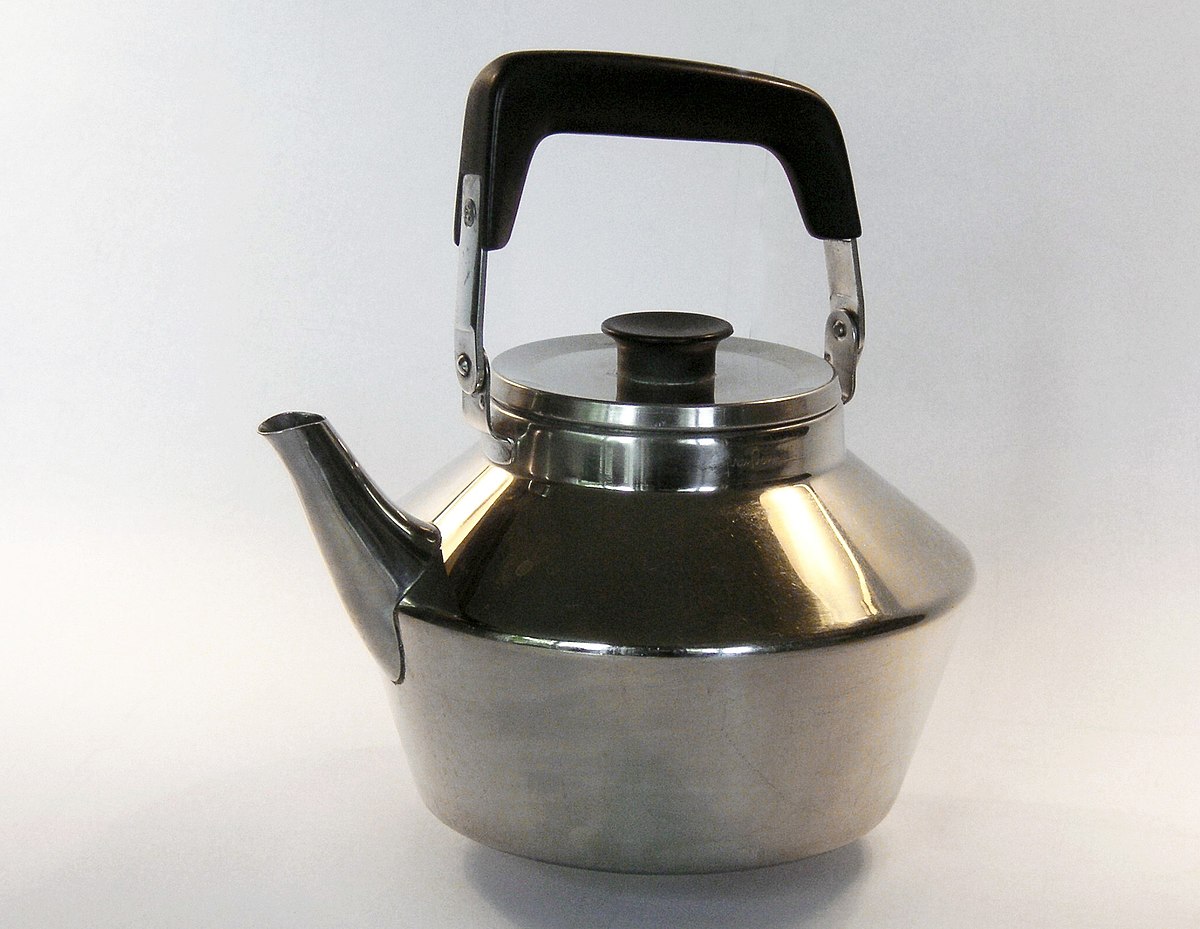


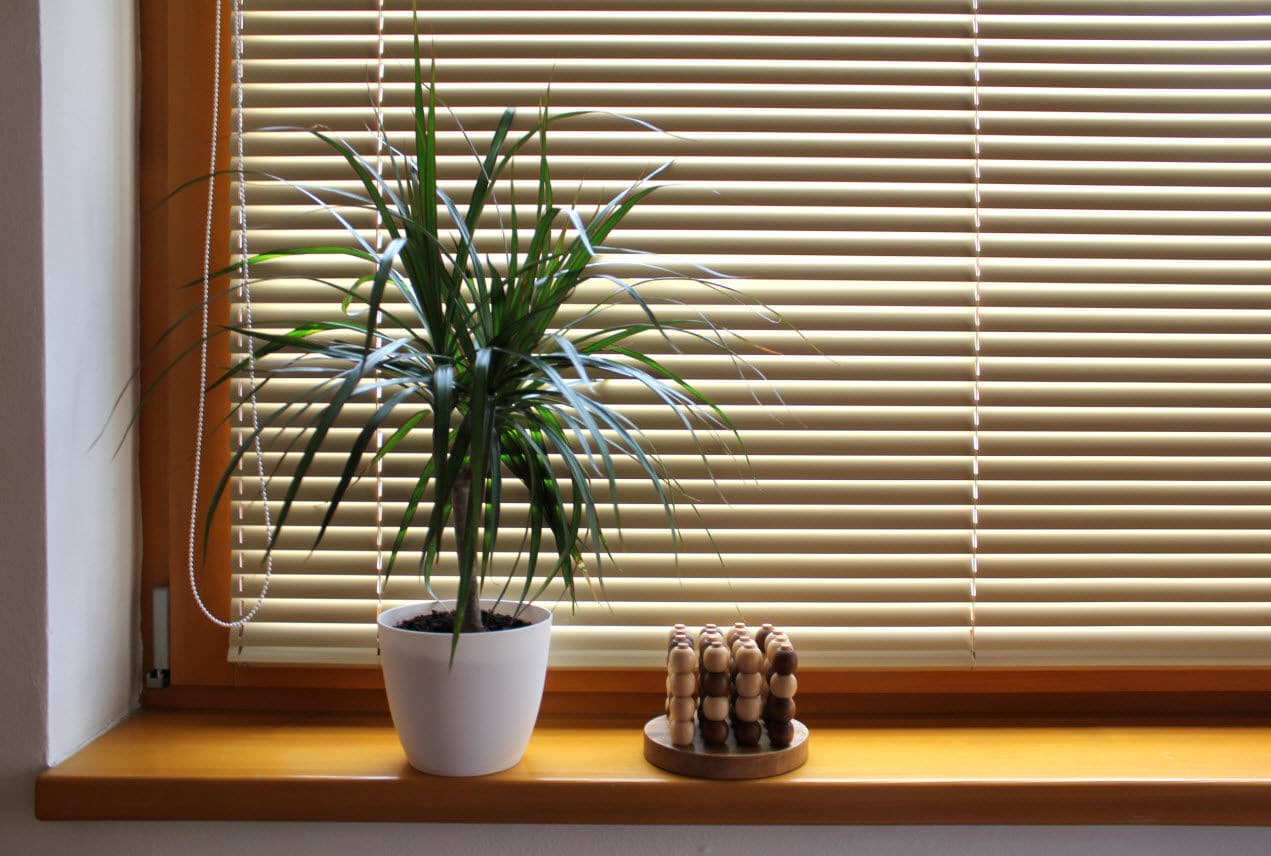
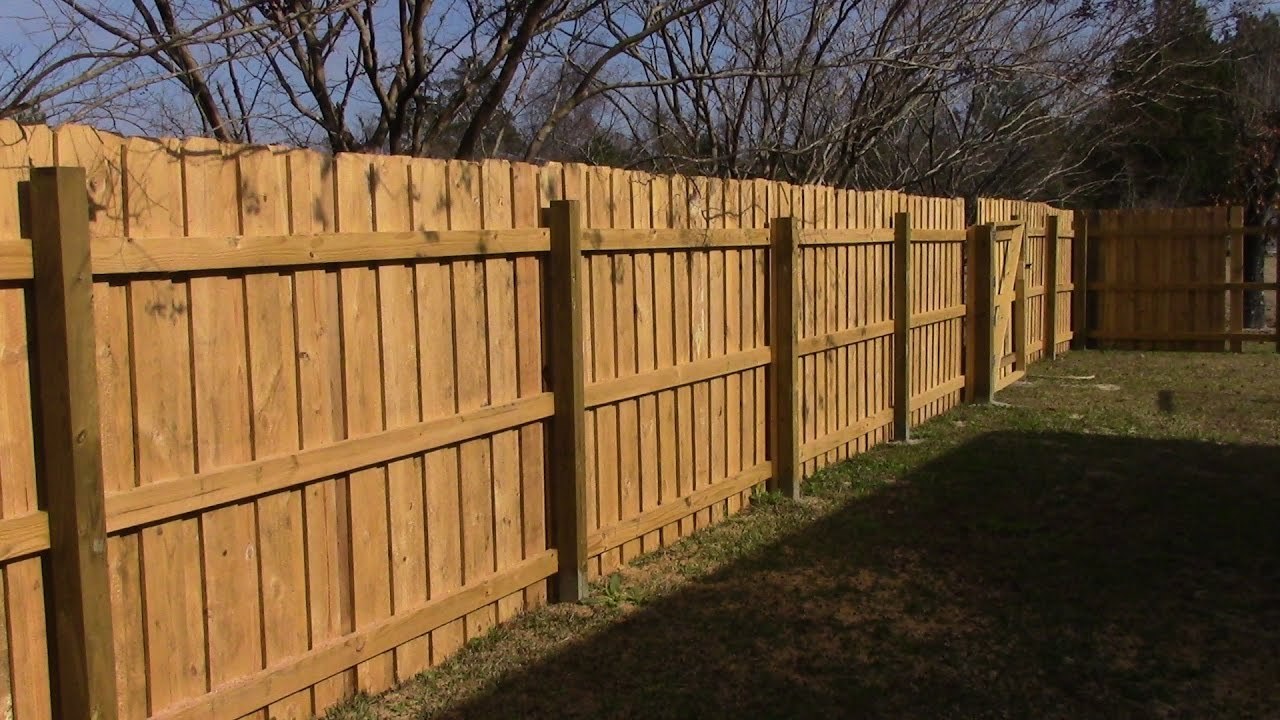
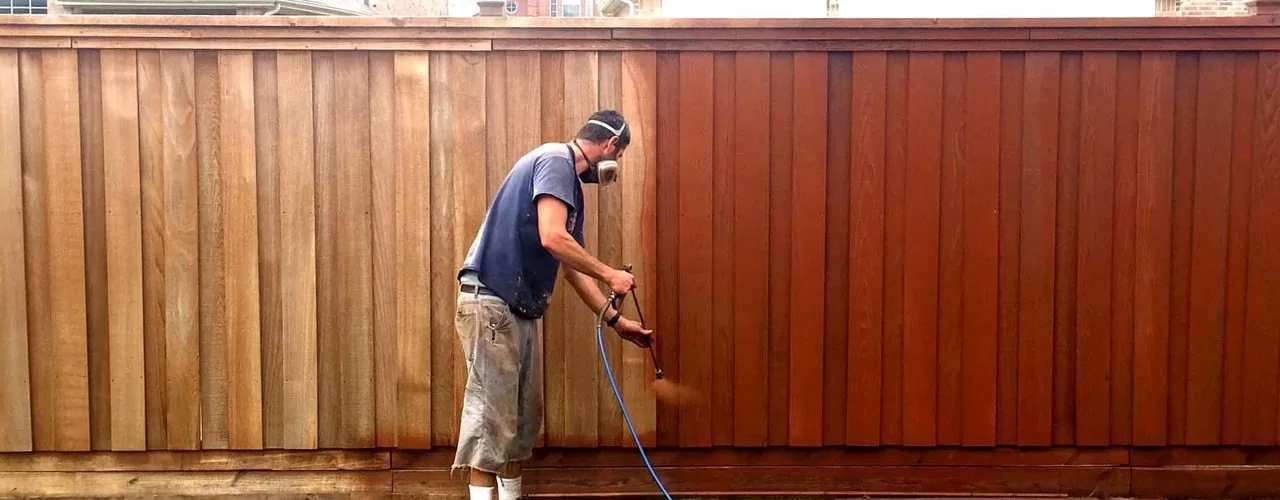
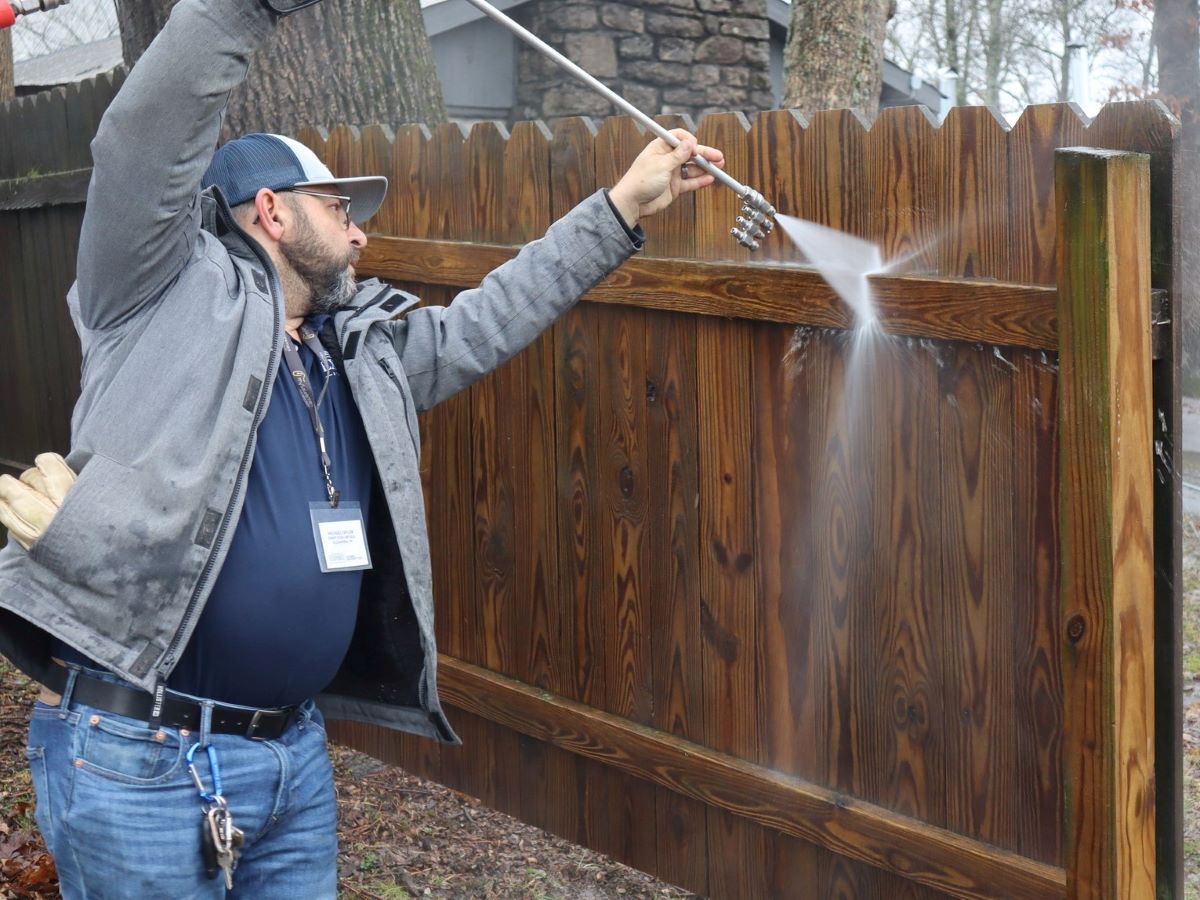
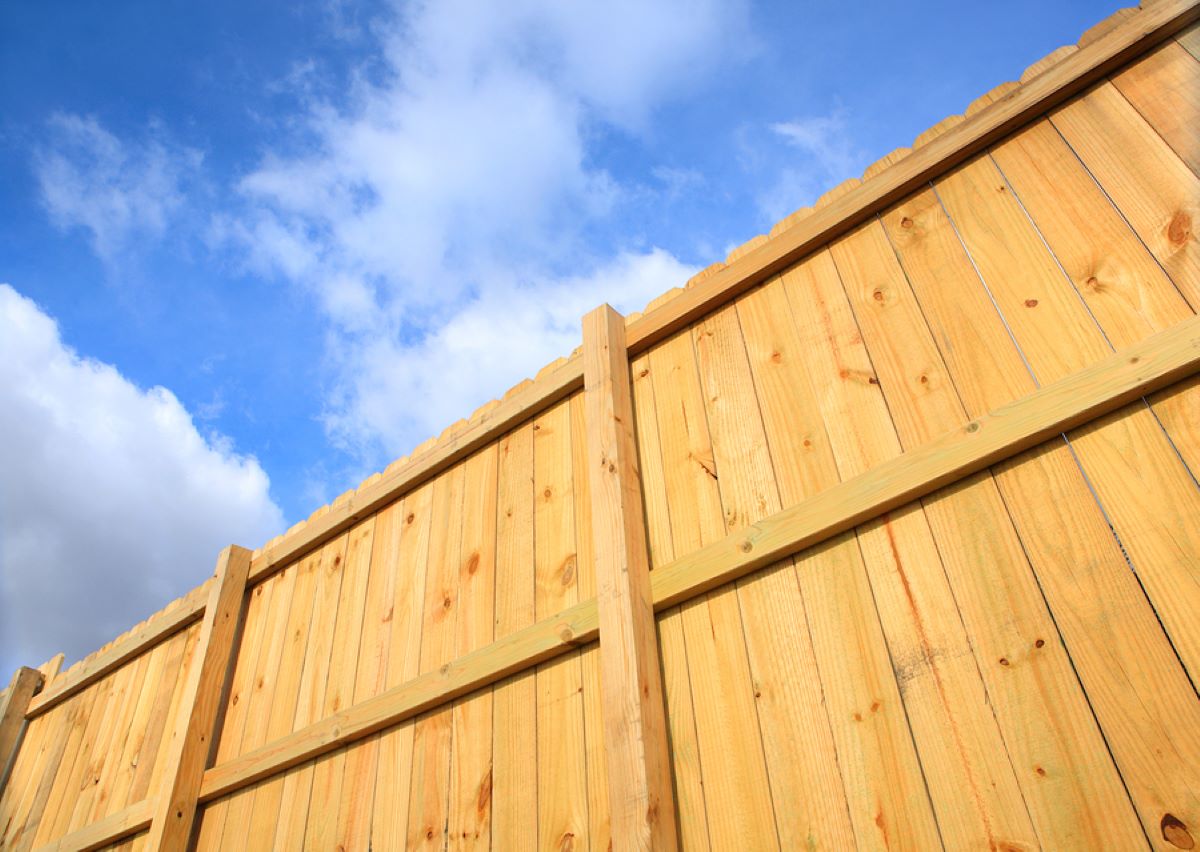
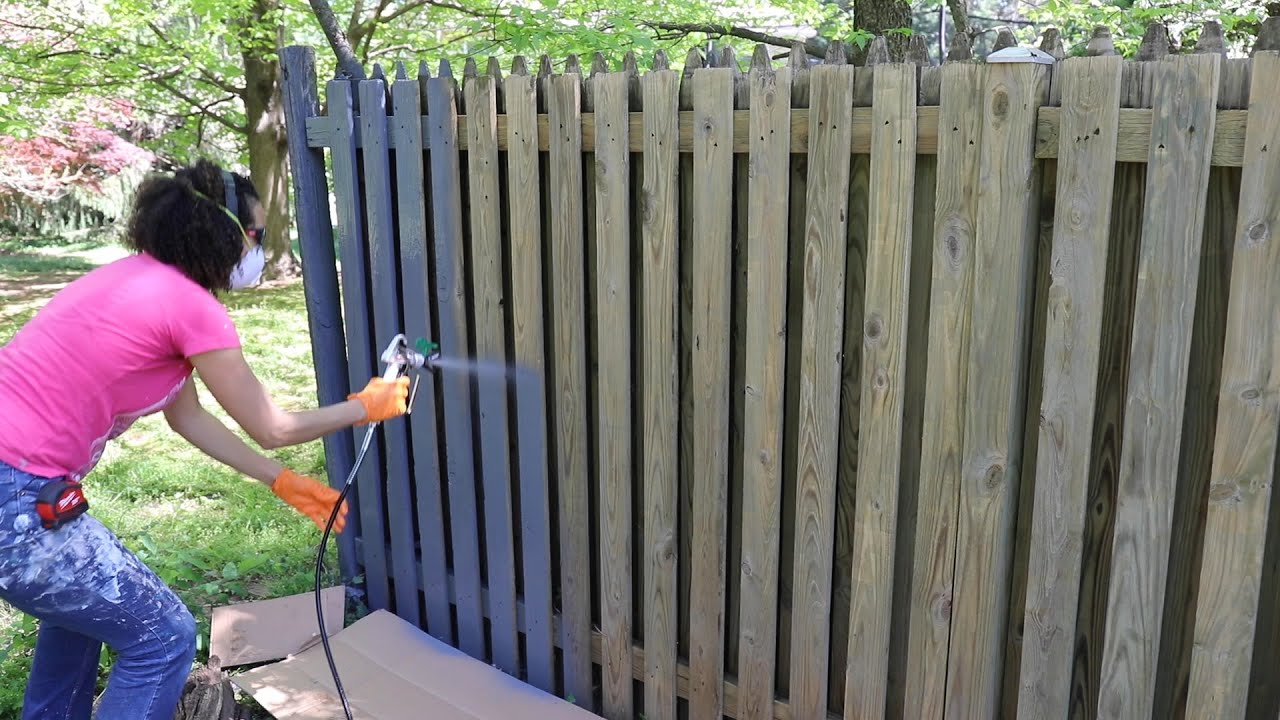

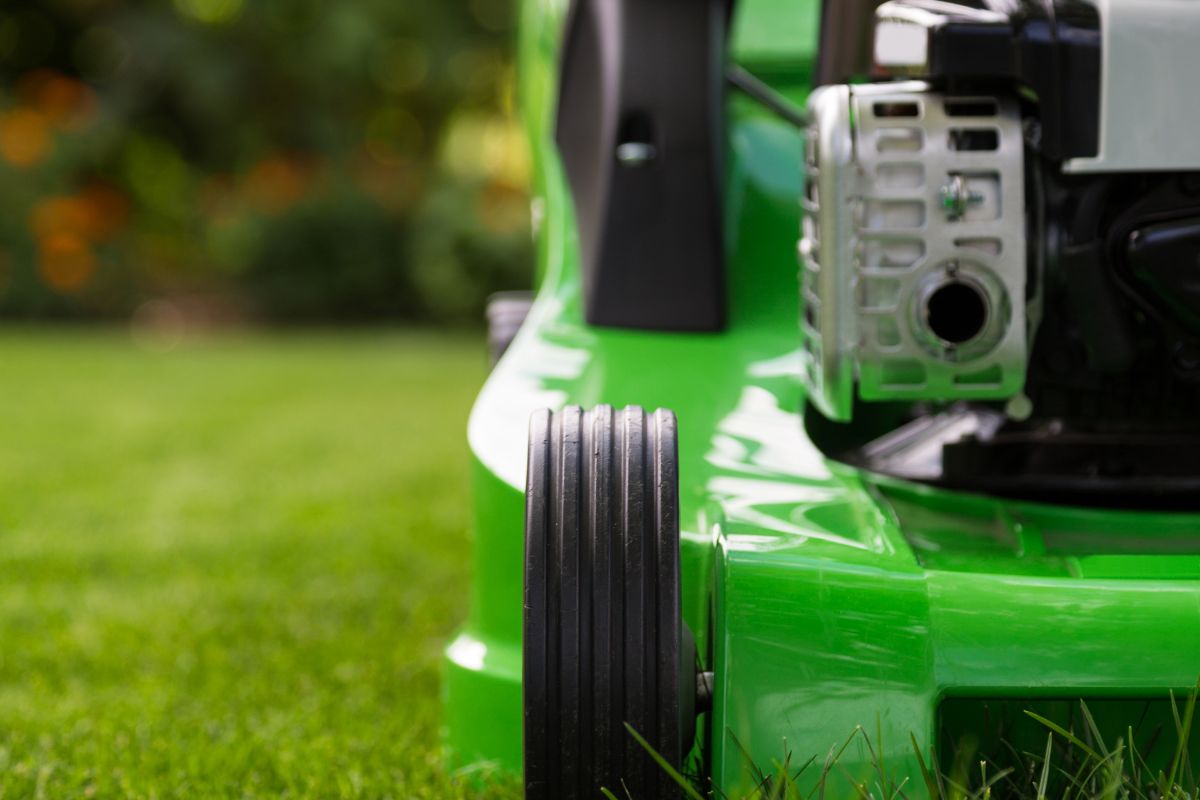


0 thoughts on “How Long Should A Wooden Fence Last”